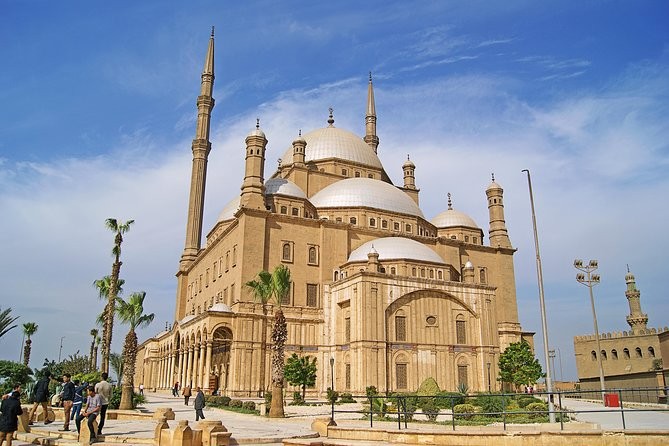Random info about Egypt
Egypt is a country that crosses the northeast corner of Africa and the southwest corner of Asia, across a land bridge formed by the Sinai peninsula.
Its monuments, such as the pyramid of Giza and the Great Sphinx, were built for its ancient civilization, which was one of the most advanced of its time. Its ancient ruins, such as those of Memphis, Thebes, Karnak and the Valley of the Kings, (outside of Luxor), are a significant focus of archaeological studies and popular interest. Egypt's rich cultural heritage, as well as the attraction of its Red Sea coast, have made tourism a vital part of the economy.
Egypt is a country whose history and culture are in every textbook and which speaks to children. It is also quite easy to prepare them for meeting Egyptian culture with the many books and documentaries that explain very well the reigns of the pharaohs, Egyptian mythology, mummifications, pyramids, etc.
During the cooler seasons in Europe, Egypt is nevertheless a destination of choice because you are sure to find the sun there ...
It very rarely rains in Egypt! Finally, beyond the culture and the landscapes, there are also many fun and sporting activities to try: diving, kite or snorkeling on the Red Sea, sandboarding in the desert, boat trips on the Nile, etc.
( Dahab, Egypt) Where mountains meet the sea,
Most of the Egyptian population and all of its cities (with the exception of those located along the coast) are located along the Nile valley north of Aswan, and almost all the historical and cultural sites of Ancient Egypt are located along the banks of the river (Nile).
The climate of Egypt is the Mediterranean in the coastal areas and desert in the rest of the territory. Egypt is characterized by strong thermal excursions(Egypt excursions). The vegetation is spontaneous and very limited and appears only along the banks of the Nile and in the oases, where the most common plant is the date palm. It is on this majestic river, overlooking Cairo (Cairo day tours), the capital of Egypt. A terribly chaotic city, made up of an older part to the east of the Nile, and a more recent part to the west.

Necropolis of Giza, the largest site in the world, after more than 4,600 years still preserves wonderful ancient Egyptian monuments, including the pyramid of Cheops, the Pyramid of Chefren, and the Pyramid of Menkaure.
Egyptian Museum, in the city of Cairo, which inside has the precious collection of the child pharaoh Tutankhamun. The Valley of the Kings, located near ancient Thebes, is of important historical importance; for over 500 years it was the area chosen for the burial of the kings of Ancient Egypt. A separate area was designated for the spouses, called the Valley of the Queens. The two areas are geographically very close. The Aswan high-Dam is the largest and most modern dam in all of Egypt, it was inaugurated in 1970. During the construction phase, over 90,000 people had to leave their homes in order not to be submerged by the artificial lake created, by Lake Nasser. Mount Sinai, located on the Sinai peninsula, has an altitude of 2,285 m. and it is a very important area from a religious point of view, at the base of the mountain, where the Monastery of Santa Caterina stands, is the place where God would have manifested himself to Moses.